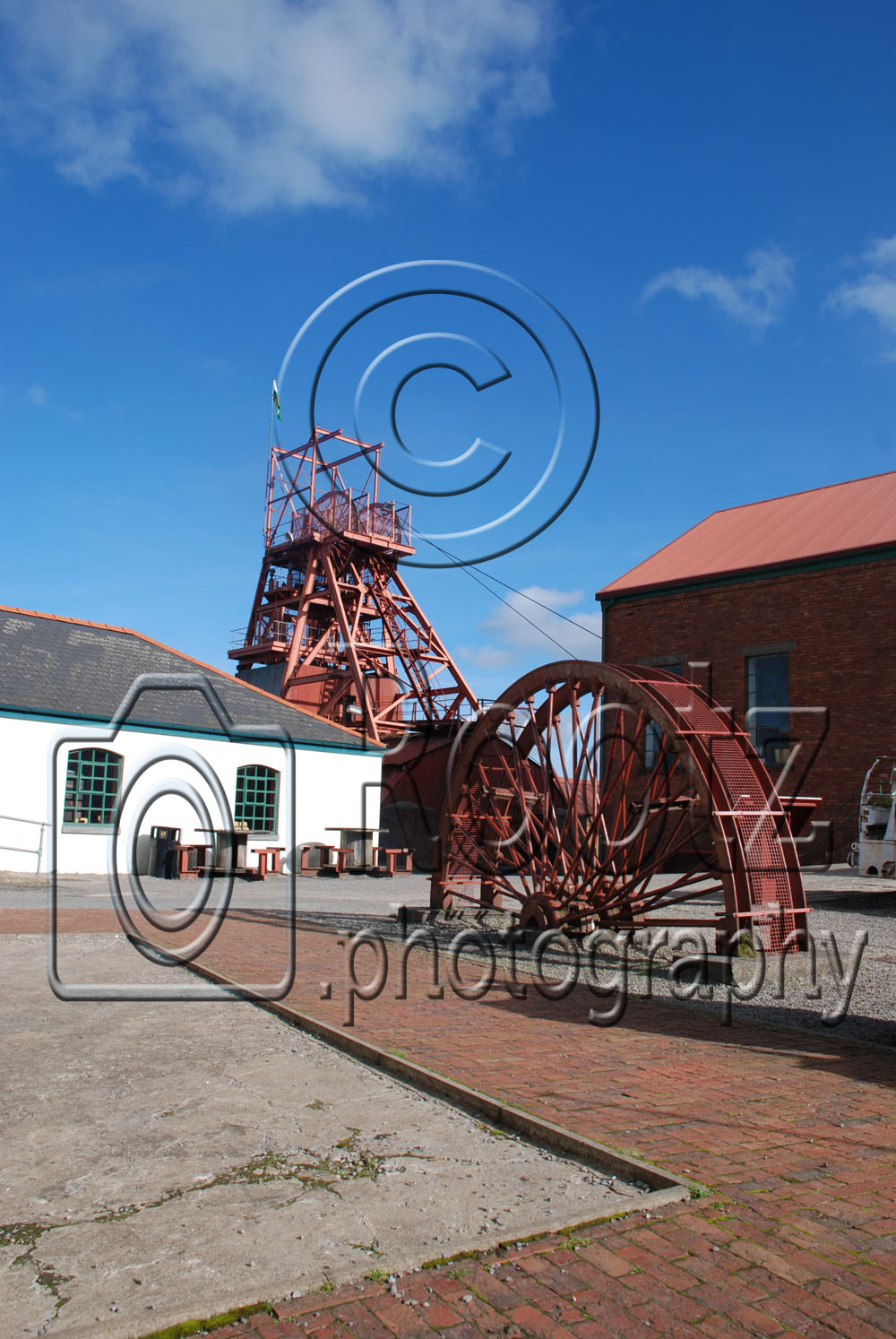The Big Pit National Coal Museum is a museum in Blaenavon in Wales, which is dedicated to the Welsh heritage of coal mining which took place at the town during the Industrial revolution. Big Pit was a working coal mine, adjacent to the preserved Pontypool and Blaenavon Railway. The mine closed in 1980 and reopened for visitors in 1983. Today it is preserved for visitors under the auspices of the National Museum Wales. Big Pit National Coal Museum is an Anchor Point of ERIH, The European Route of Industrial Heritage. It is located close to Blaenavon, in Torfaen, which is a World Heritage Site.
History Of Big Pit
When the last ton of coal comes up from a mine, and the men pass through the colliery gates never to return the site is usually redeveloped removing all evidence to this rule. The existence of Big Pit National Mining Museum of Wales proves that with foresight and imagination other users can be found for a coalmine that has reached the end of its working life.
Big Pit, Blaenavon which in its heyday employed 1300 men and produced more than 250,000 tons of coal a year is now a very special museum. Nothing is contrived ot invented here – Big Pit is the real thing. It loks much as it did on that February day in 1980 when the last miners clocked off. There is the same clutter of buildings around the pit shaft, and the wheels of the winding gear still revolve every day.
The difference today is that most of those who now make the descent to the pit bottom are not miners, but people who have never ventured underground before. They come in such numbers that the pit is more popular than ever. With former miners acting as guides, visitors learn somethng of what it was like to earn a living in one of the toughest working environments of all.
Visitors to Big Pit find that many of their preconceived ideas of coalmining are false. For some, their very first sight of the place is itself a surprise. They imagine that a colliery, especially one in South Wales must inevitably be on the floor of the valley hemmed in by towering hills and rows of terraced houses. But Big Pit stands high on the brachen-clad moors of north Torfaen, swept by invigorating winds and commanding extensive views.
History of the Museum
The mine reopened for visitors in 1983. As with all national museums in Wales, admittance is free. The site was redeveloped in 2003, with design work from TACP/Brooke Millar Partnership, Powell Dobson Partnership and Haley Sharpe, with Davis Langdon providing cost and project management services.
Prize-winning site
In 2005, it won the prestigious Gulbenkian Prize.
Big Pit as a tourist attraction
Big Pit is not a sanitised Disney attraction or a theme park, the pit props and steel bands are not for show but to hold up the roof, the water flowing down the tunnel towards the cages is real apart from the fact it now flows down a channel rather than over the miners feet.
Safety
The pit is covered by mining regulations, similar to that of a working pit. Visitors wear a plastic hard hat and ‘safety lamp’, another piece of kit is the re-breather emergency supply, breathing this in an emergency will filter foul air for approximately one hour giving a chance for survival and escape.
Contraband must be surrendered such as anything containing a dry cell battery from watches to mobile phones. The dangers of the mine are real, the safety posters on the stages of Carbon Monoxide poisoning serve as museum pieces and as real reminders of the dangers of underground. Automatic gas monitoring systems are discreetly positioned around the tunnels as are emergency telephone systems.
Useful Links
Discover more from LandmarkLocation.com
Subscribe to get the latest posts sent to your email.


